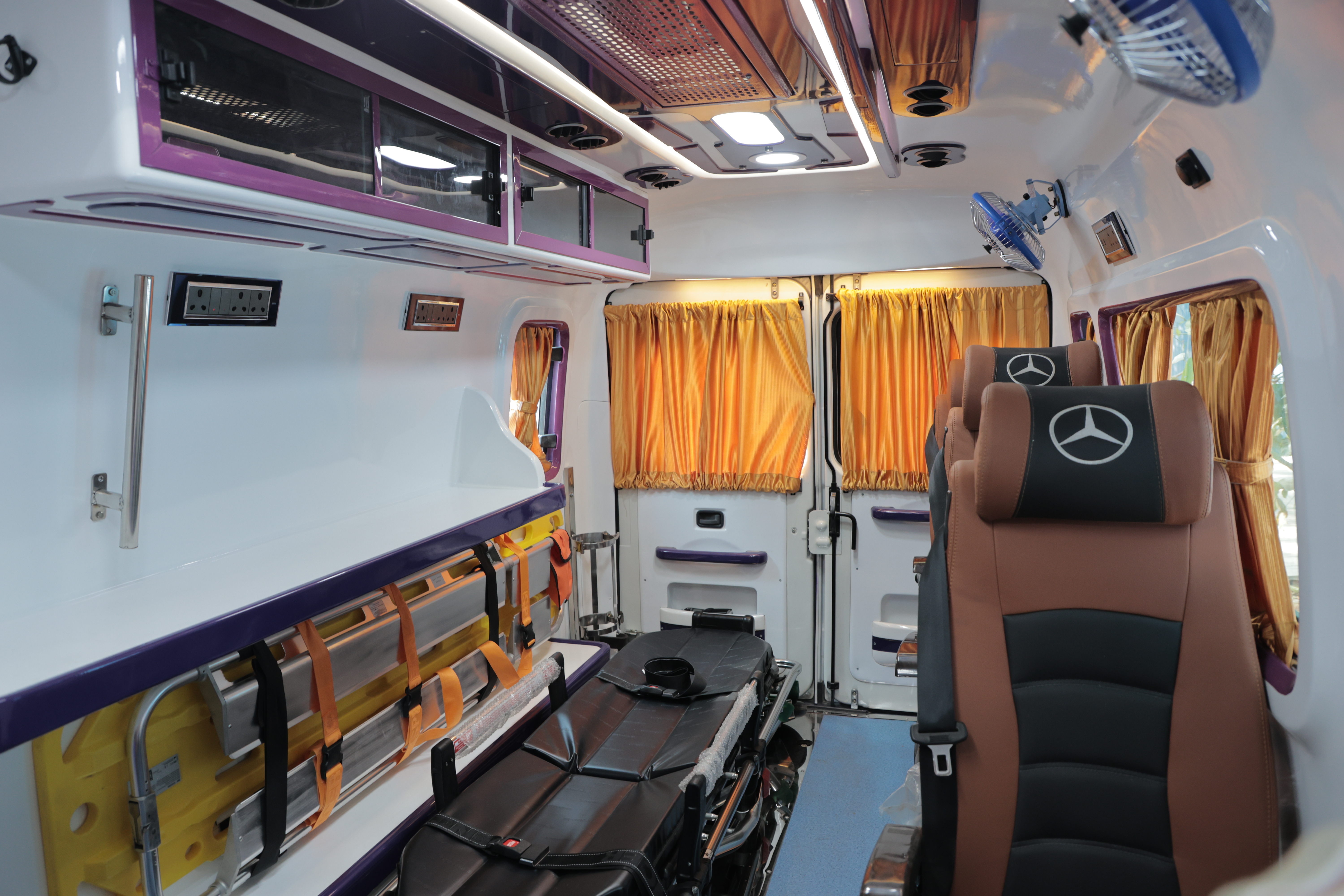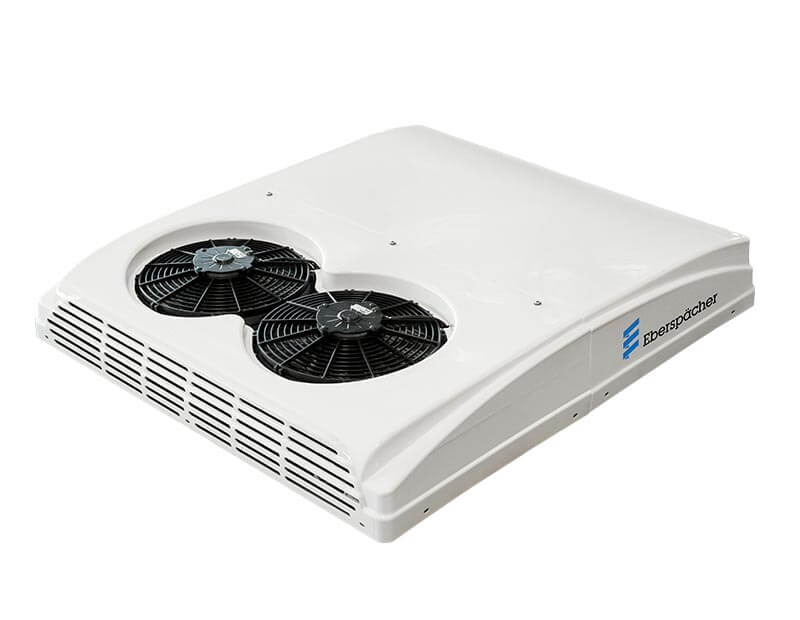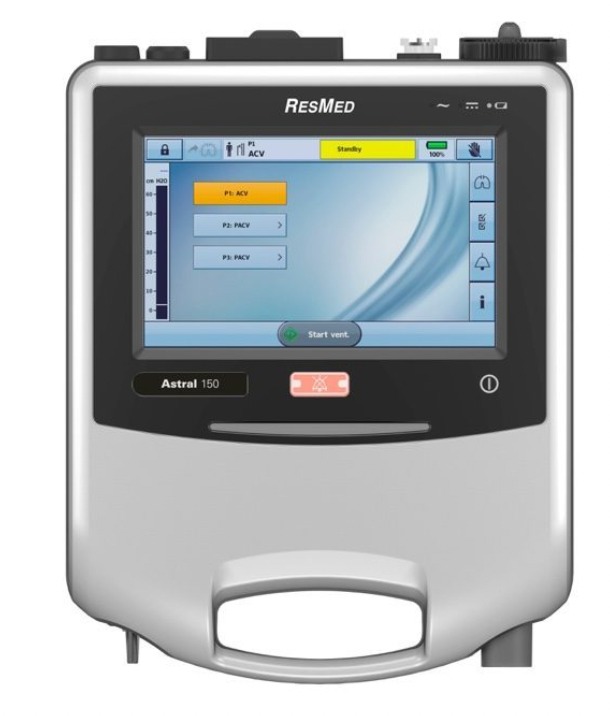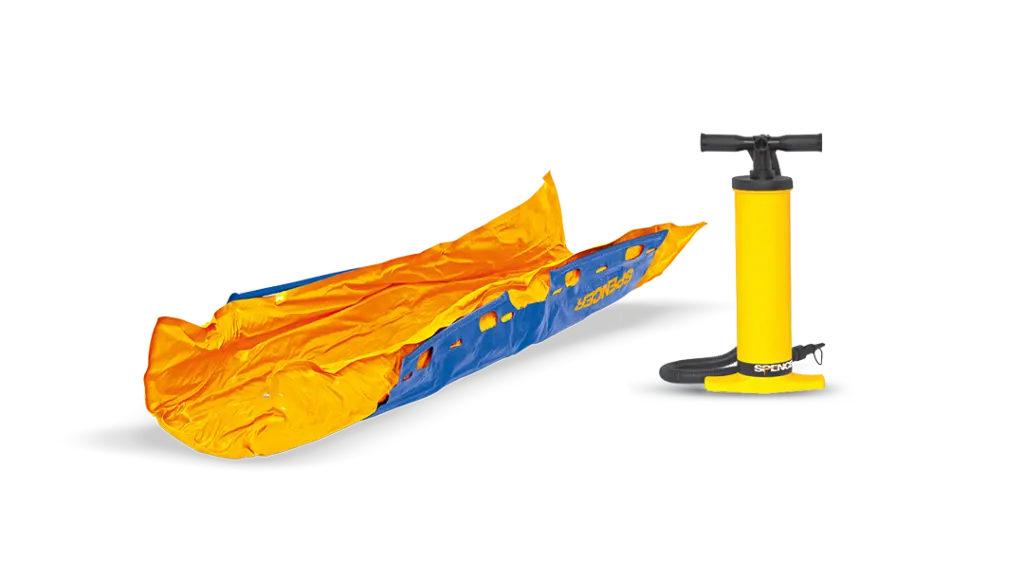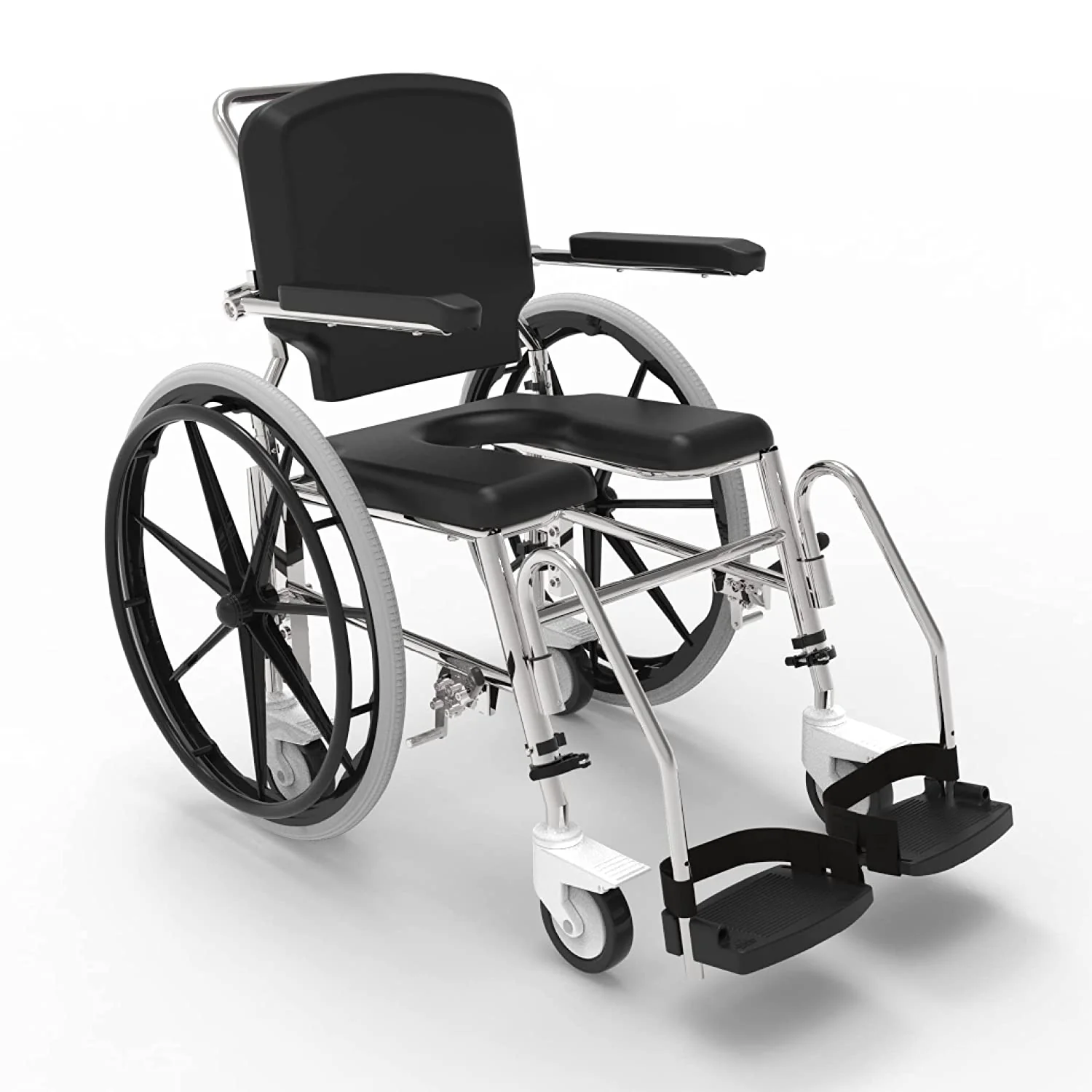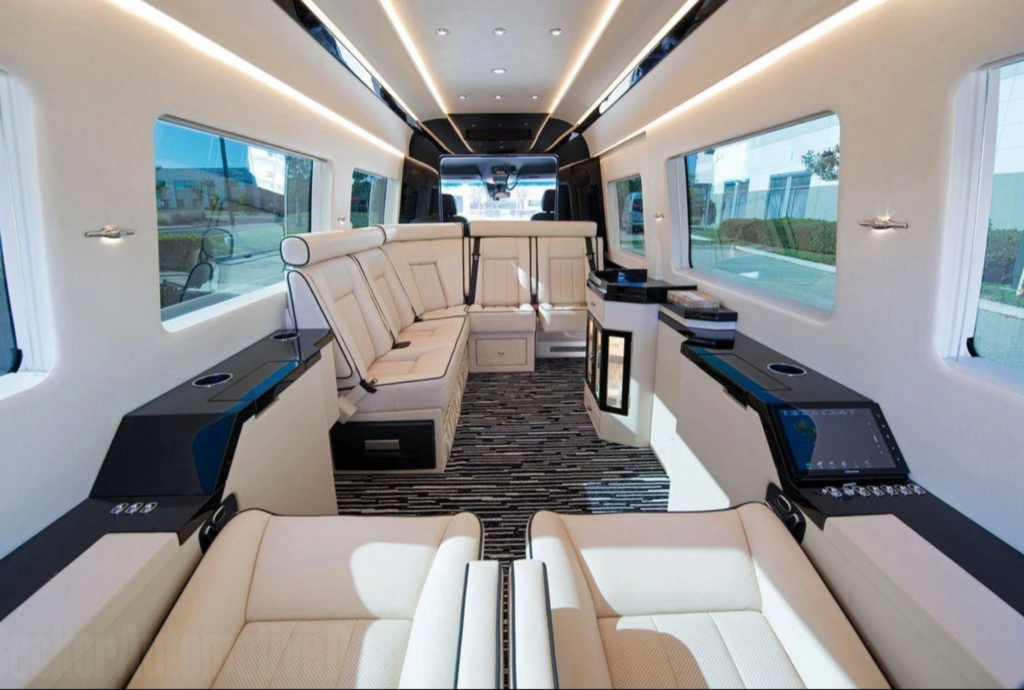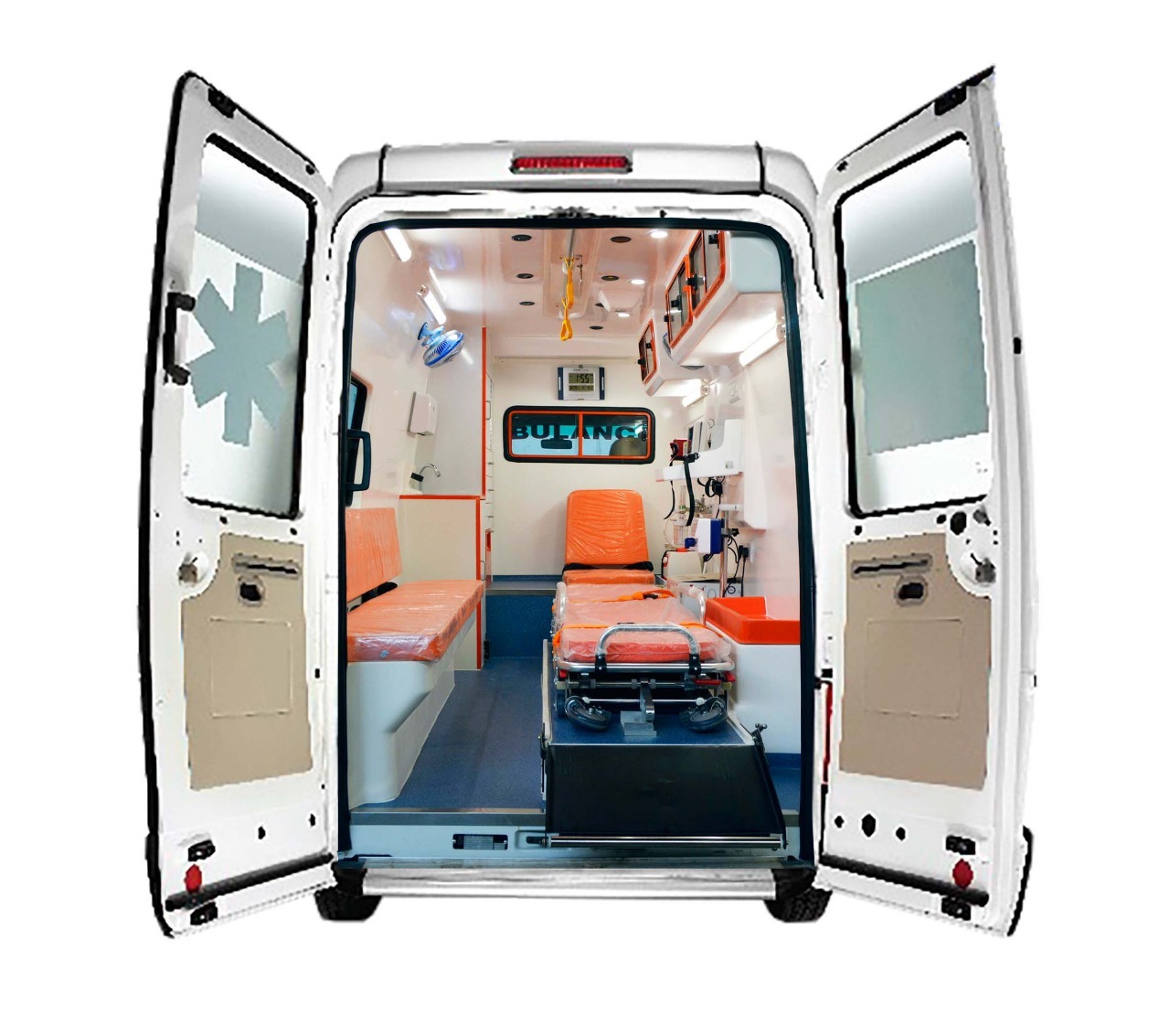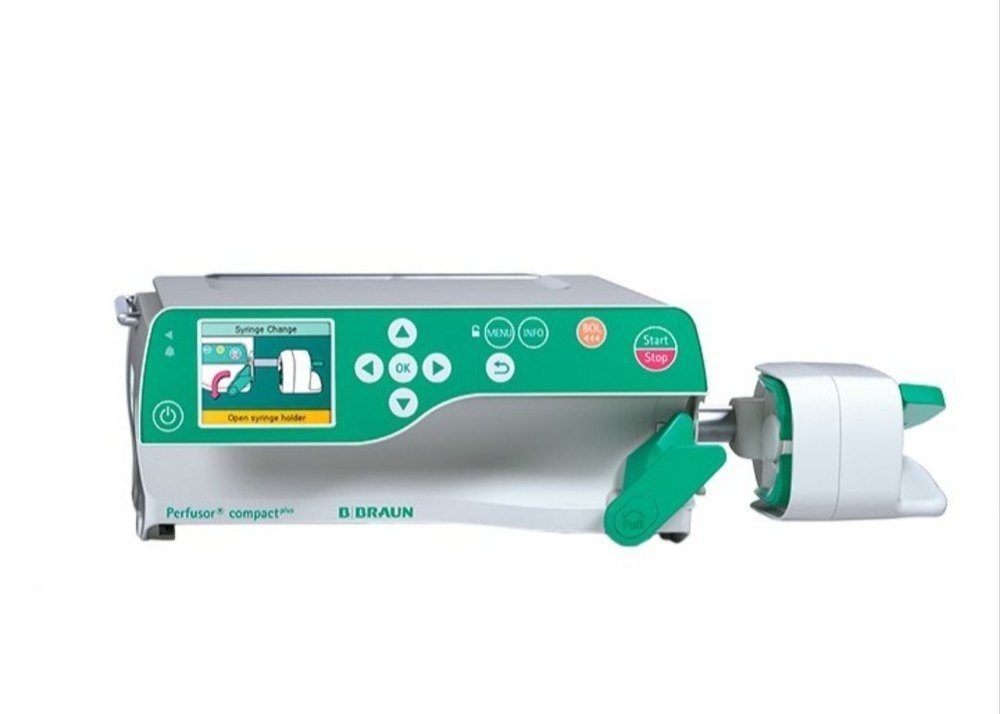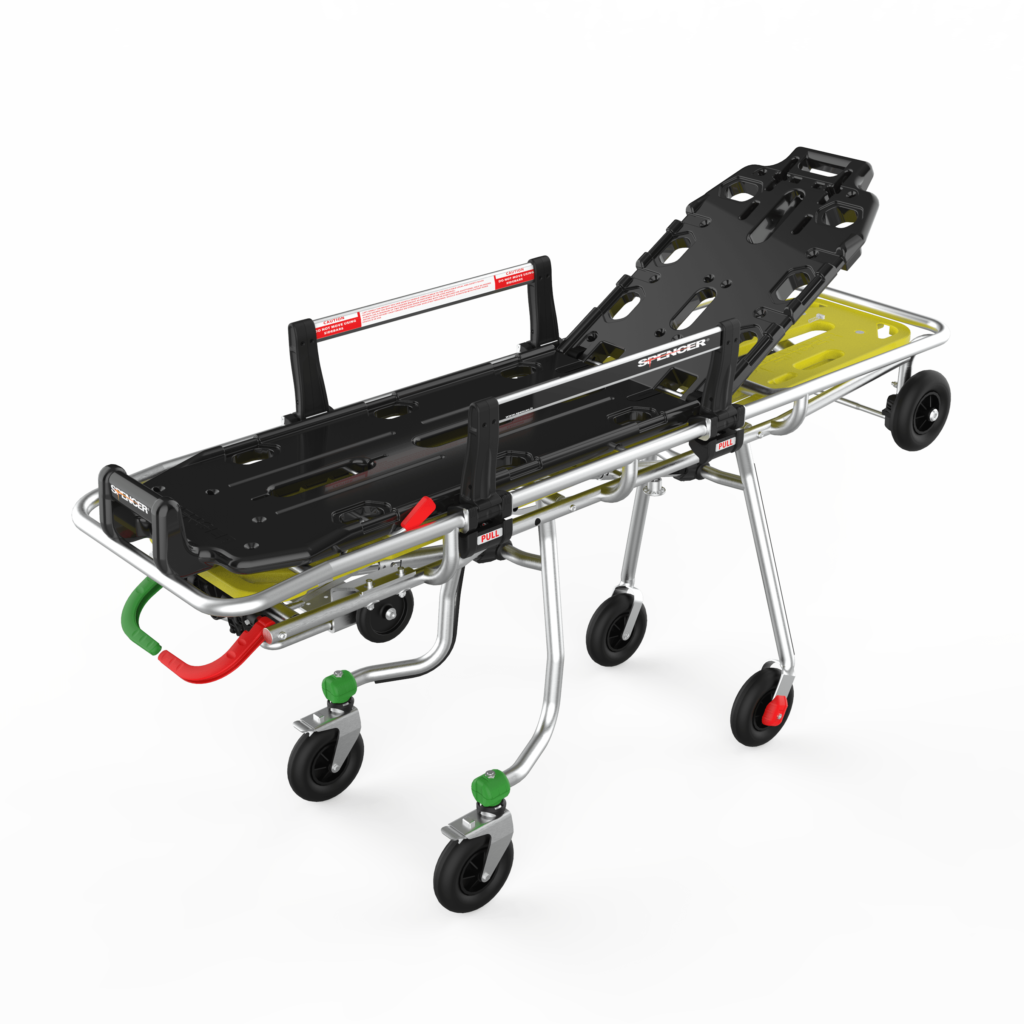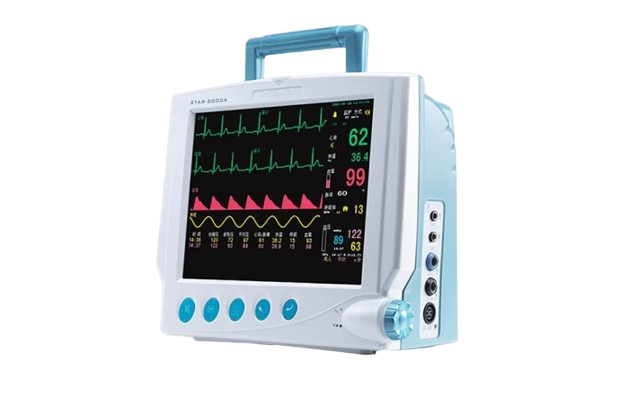Force Tempo Traveller is a highly adaptable vehicle often used in healthcare, particularly as an ambulance or mobile clinic. It’s spacious and can be customized to carry everything needed for patient care during transport. This includes stretchers for safely moving patients, life support equipment like oxygen cylinders, and enough seating for doctors or nurses to provide care on the go. The vehicle is designed with several features to make it practical for medical use. For instance, it can have a hydraulic ramp, which makes it easier to load patients on stretchers. It also offers climate control, ensuring that patients remain comfortable, regardless of weather conditions. The interior is made with materials that are easy to clean, which helps maintain a sterile environment, reducing the risk of infection. Our Customization Services: At Vraj Designs and Fabrications, we specialize in customizing Force Tempo Travellers to meet diverse transportation needs. Our expert fabrication services ensure durability, comfort, and functionality, making them ideal for tourism, corporate travel, school transport, and luxury travel segments.
Air conditioner AC
Air conditioners in ambulances are essential for keeping the interior cool and comfortable for patients and medical staff, especially during long trips or in hot weather. They are specifically designed to fit within the limited space of an ambulance while providing strong and reliable cooling. These systems ensure that the temperature inside the ambulance remains stable, which is important for the health and comfort of patients, especially those who are critically ill or injured. The air conditioners are made to be energy-efficient, so they don’t use too much power from the ambulance. They are also durable, built to handle the constant movement and vibrations that come with driving over different types of terrain. Additionally, they operate quietly, helping to maintain a peaceful environment inside the ambulance, which can be crucial for patient care.
Ventilator
A portable ventilator is a compact, mobile device used to help people breathe in emergencies. It provides mechanical support by pushing air into the lungs of individuals who have trouble breathing on their own. The device can be easily moved and used in various settings, such as at the scene of an emergency or in a transport vehicle. The ventilator has controls to adjust the amount and rate of air delivered, ensuring the patient gets the right level of support. It usually includes a mask or breathing tube that fits over the patient’s nose and mouth or directly into the airway. This portable equipment is essential for providing immediate respiratory support and stabilizing patients until they can reach a hospital or receive further medical care.
Vacuum Mattress
A vacuum mattress is an advanced emergency device used to immobilize and safely transport patients with suspected spinal, pelvic, or limb injuries. Made from durable, airtight material filled with tiny beads, the mattress molds to the patient’s body for even support. After the patient is positioned, air is extracted using a vacuum pump, causing the beads inside to lock in place and create a rigid, custom-fitted structure. This ensures complete immobilization, reducing the risk of further injury during transport. The vacuum mattress offers more comfort than traditional rigid boards by evenly distributing pressure across the body and is versatile enough to be used in various environments, including uneven terrain or water rescues. It’s essential for safely moving patients in trauma situations.
Wheel Chair
A wheelchair is a portable device used to assist individuals who have difficulty walking or cannot walk. It features a seat with back support, armrests, and footrests, along with two large rear wheels and two smaller front wheels. The rear wheels are used for moving the wheelchair forward or backward, while the front wheels aid in steering and maneuvering. Most wheelchairs are manually operated, allowing a caregiver or the user to push the chair using the rear wheels, or the user can turn hand rims on the wheels to move themselves. Many models include adjustable features such as removable armrests, swing-away footrests, and reclining backs for added comfort and adaptability. Safety features like brakes on the rear wheels and anti-tip bars help ensure stability and prevent accidents. In emergencies, wheelchairs provide a crucial means of mobility, allowing for safe and comfortable transport of patients to various locations, whether within a medical facility or at the scene of an emergency.
Vanity van
A Vanity Van is special designed to provide a private, comfortable environment for personal grooming and preparation. It typically includes facilities such as a changing area with secure storage, a makeup station equipped with professional lighting and mirrors, and a small lounge space for relaxation. It may also feature a bathroom with hygiene facilities and climate control for comfort. This mobile unit allows individuals, such as performers or professionals, to maintain personal care and readiness during events or on set, offering a high level of convenience and privacy. The design focuses on ensuring a supportive environment for personal grooming needs in various settings.
Tata Winger Ambulance
The Tata Winger Ambulance is a spacious and reliable vehicle specifically designed for patient transport. It features a well-equipped interior with essential medical supplies, such as stretchers and oxygen tanks, to handle emergencies effectively. The ample space inside allows medical staff to work comfortably and provide necessary care during transit. Known for its smooth and comfortable ride, the Tata Winger Ambulance ensures that patients are transported safely and with minimal discomfort, whether over short or long distances. Its dependable performance and thoughtful design make it an excellent choice for reliable and efficient patient transport to hospitals.
Syringe Pump
A syringe pump is a portable medical device used to deliver precise amounts of medication or fluids to a patient. It works by holding a syringe filled with the required substance and using a motor to push the syringe’s plunger at a controlled rate. This ensures a steady and accurate flow of medication over a set period. The pump allows healthcare providers to adjust settings to deliver specific rates and volumes, making it essential for precise dosing, particularly in emergency situations. Designed to be compact and user-friendly, the syringe pump can be easily used in various settings, such as ambulances or emergency rooms. It features a display and controls that enable medical staff to program and monitor the pump, ensuring patients receive the exact dose needed for effective treatment and stabilization.
Stretcher Trolly
A stretcher trolley is a portable medical device designed to safely transport patients in emergencies. It features a flat, cushioned surface for the patient to lie on, made from sturdy materials like metal or strong plastic to provide reliable support. The trolley is often adjustable, allowing different sections to be elevated or lowered to position the patient comfortably. Mounted on wheels, it is easy to maneuver and can be locked in place to ensure stability when stationary. Safety straps or belts are used to secure the patient, and some models have side rails for additional support. Essential in emergencies, the stretcher trolley ensures a stable, secure, and comfortable means of moving patients to receive prompt medical care.
Monitor
A medical monitor is a portable device used to track and display vital signs and other health indicators in real-time, which is crucial during emergencies. It measures key health metrics such as heart rate, blood pressure, oxygen levels, and respiratory rate, and sometimes additional parameters like body temperature and ECG. The monitor features a screen that presents these measurements clearly, allowing medical staff to quickly assess the patient’s condition. It operates with sensors and leads attached to the patient’s body, which relay data to the monitor. Designed to be compact and portable, the monitor is suitable for use in various settings, including ambulances, emergency rooms, and at the scene of an accident. This device provides continuous, critical information that helps healthcare professionals make informed decisions and deliver timely care.

